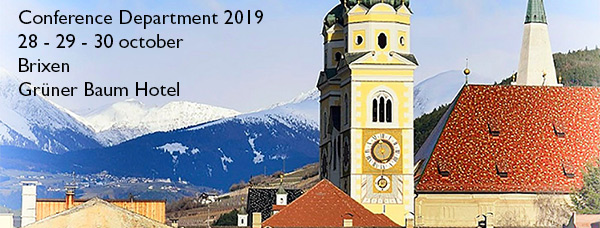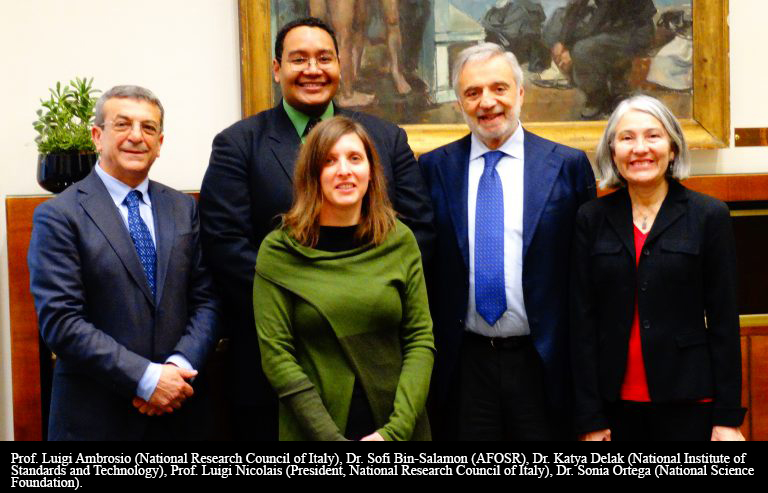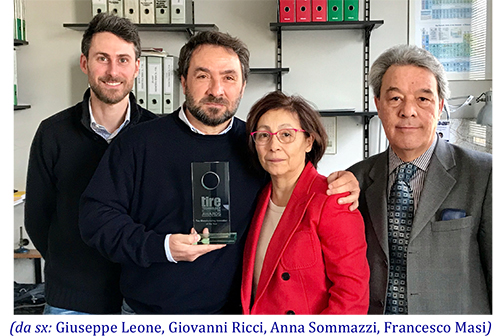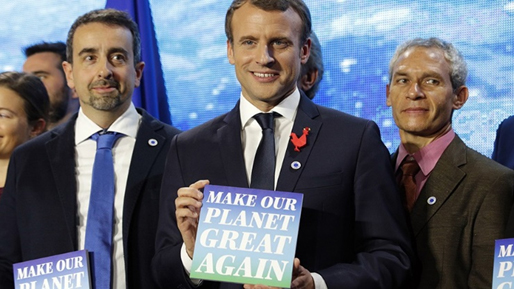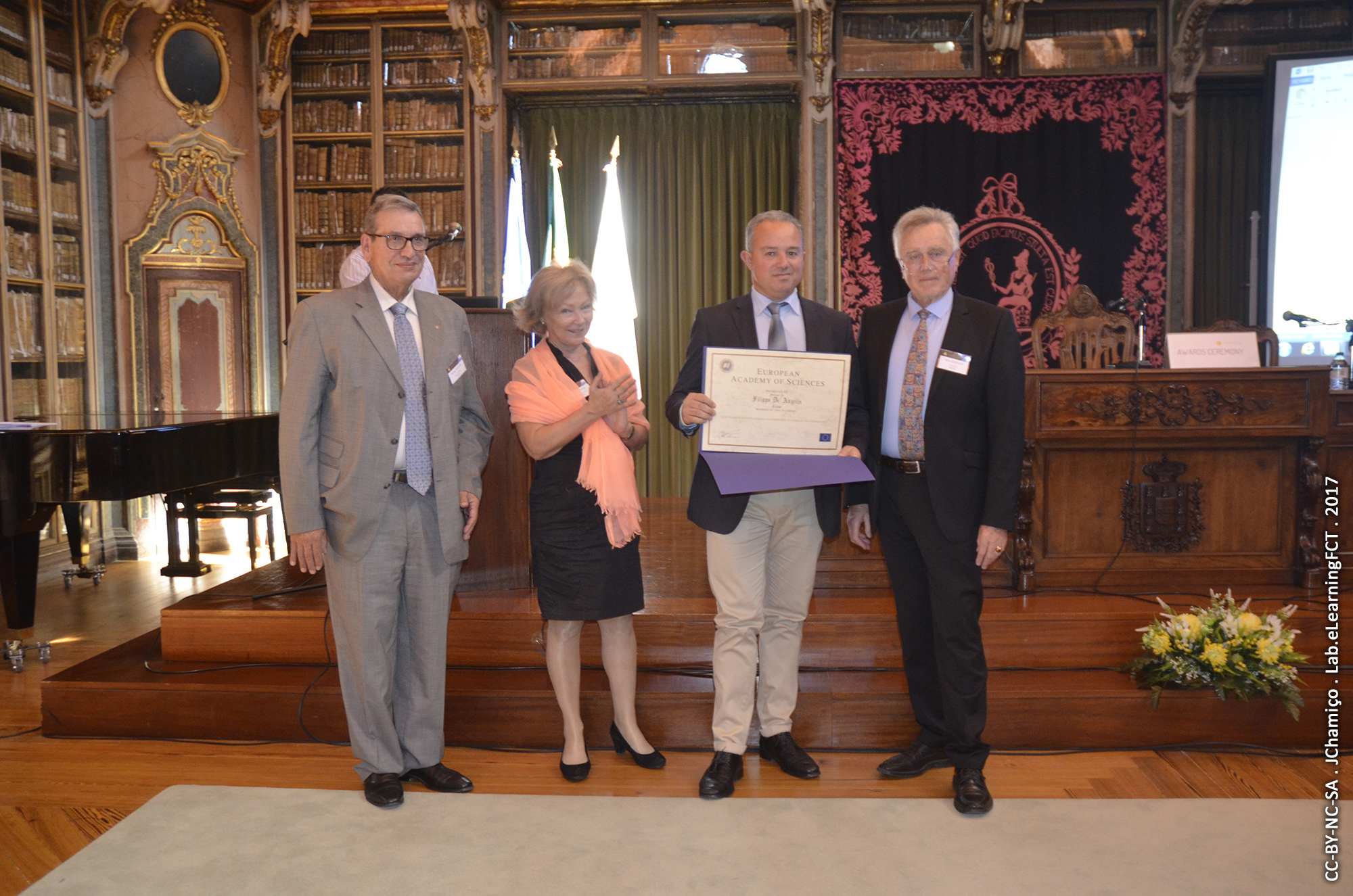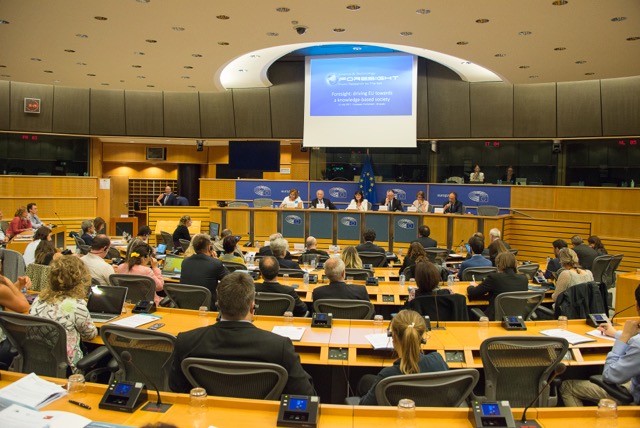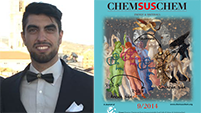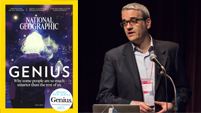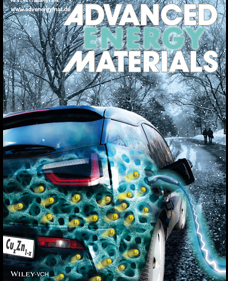
National Research Council of Italy
DEPARTMENT OF CHEMICAL SCIENCES AND MATERIALS TECHNOLOGIES
MISSION
- Chemistry and Materials for Health and Life Sciences,
- Renewable Energy,
- Materials Chemistry and Technologies,
- Green Chemistry
NEWS
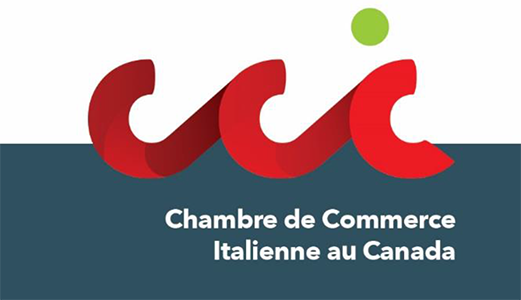 Premio Venezia 2021 a ULaval e CNR - Vincenzo di MarzoLa Joint International Research Unit (JIRU) tra CNR e Laval University (ULAVAL) diretta dal Dott. Vincenzo Di Marzo, ricercatore dell'ICB di Napoli, ha ottenuto il Premio Venezia della Camera di Commercio italiana in Canada. |
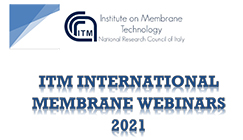 ITM INTERNATIONAL MEMBRANE WEBINARS 2021A series of lectures given by academic and industrial top-players of the membrane community |
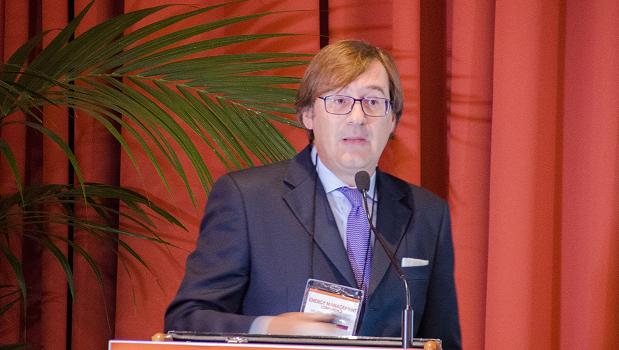 Mario Pagliaro enters the World Ranking of Top 2% scientists in all fieldsMario Pagliaro enters the World Ranking of Top 2% scientists in all fields. Italy's scholar Mario Pagliaro ranked 927th out of 111,388 organic chemists worldwide. |
 WORKSHOP & BROKERAGE EVENT: PHOTONICS 4 AGRIFOOD5-6 OTTOBRE 2020 Il workshop si propone di riunire i principali attori nella catena del valore dell’innovazione nel campo della fotonica e dell’agrifood, |
 EnerCHEM 2Padova, 12-14 february 2020 The University of Padova, ICMATE CNR and the Società Chimica Italiana (SCI) will have the pleasure and honor of hosting in Padova from 12 to 14 February 2020 ENERCHEM2 |
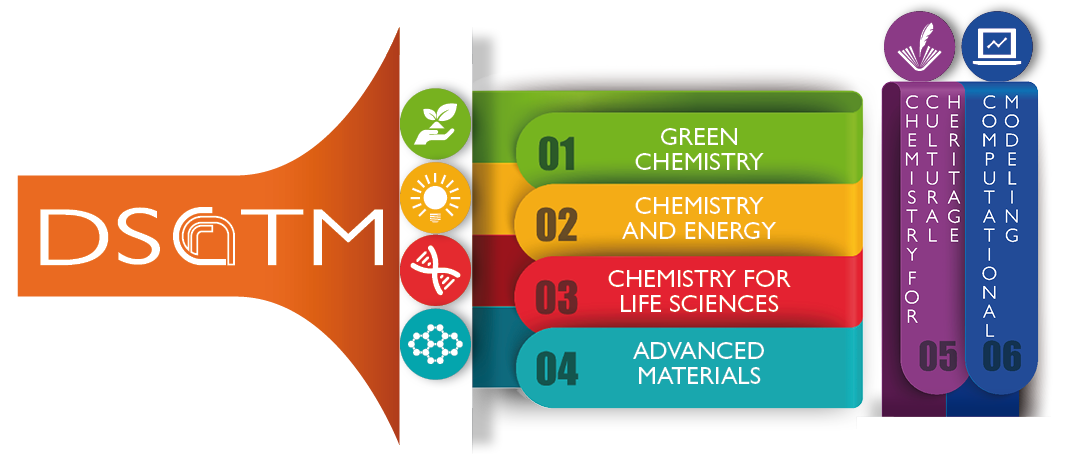

 Scienze chimiche e tecnologie dei materiali per i Beni Culturali
Scienze chimiche e tecnologie dei materiali per i Beni Culturali














